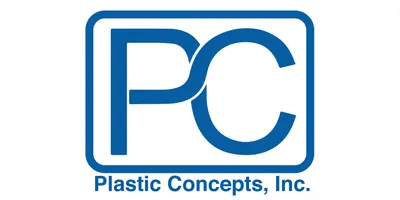How It Works

Problem: A laboratory scientist’s time is extremely precious, with a multitude of tasks to complete in order to produce meaningful data. With the vast majority of drug discovery research facilities and a growing number of academic laboratories now utilizing automated workflows, it is essential that they can be designed and set up with ease, regardless of their complexity.

Problem: Molecular biology relies on the ability to precisely target and amplify nucleic acids, and next-generation sequencing (NGS) platforms and cloning reactions benefit from precise size selection and analytical characterization of samples. For decades, researchers have used electrophoresis with agarose gels for both size selection and fragment-length distribution assessment of DNA samples for downstream assays.

Problem: Researchers and scientists generate and collect vast amounts of data in their work, whether they are running experiments in the lab or surveying and interviewing people on the street. Researchers typically don’t deal with their research outputs until towards the end of the research cycle, when poor organization and data management can be difficult to manage and address, but causes the most problems. Poor data management results in experiments that are harder to replicate and findings that may be called into question. Papers can be retracted, careers impacted and ultimately science can suffer. When researchers move on they may pass their work to others in their research group, where poor data management results in the group inheriting indecipherable written notes they cannot use.

Problem: Rotary vane, or oil-based, vacuum pumps, are a common piece of equipment found in most
labs. A vacuum pump is an accessory used with equipment such as freeze dryers, vacuum concentrators, glove boxes, and vacuum ovens. Just as in your car, the oil in a rotary vane pump needs to be changed periodically in order to run at its optimum. The ramifications of not doing regular oil changes is poor vacuum and seizing up the pump’s internal components, which can destroy an expensive pump.

Problem: In almost any laboratory or scientific research facility today, there are numerous devices, instruments or processes that require cryogenic fluids or gases supplied from cryogenic sources. The past quarter-century has seen cryogenic liquid cylinders expand from a rarity in laboratories with relatively few applications, to become the dominant mode of supplying high-purity gas and cryogenic fluids.

Problem: For a lab manager, these scenarios are all too familiar:
- A medical research lab has a -20°C freezer where the door is frequently left ajar and there is no door alarm.
- In an academic biology lab, a -20°C freezer is accessed on average 20 times an hour and also has a -80°C freezer that warms to -55°C routinely due to new lab students and sustained door openings, thinking “hmmm, what did I come here for again?”
- As a lab manager, you receive a phone call at 3 a.m. saying a freezer has alarmed which forces you to go into the lab in the middle of the night.

Problem: Vacuum pumps are laboratory workhorses, providing the conditions needed to run many lab applications. Unfortunately, pumps are also exposed to acid or organic chemical vapors that can cause some real maintenance issues. Particularly with oil-sealed, rotary vane pumps, the exposure of the oil to the chemical vapors can cause the oil to become corrosive, or to break down and no longer serve its vital lubricating function. Regular oil changes are needed to protect the pump.

Problem: Whether due to mergers and acquisitions, lab downsizing, upgrading or outsourcing, many pharmaceutical and biotech companies—large and small—are opting to sell R&D or manufacturing equipment no longer needed in their own labs. This presents a great opportunity for other institutions to obtain late-model, quality equipment at a reduced cost, direct from the working lab. While purchasing second-hand equipment can be a cost effective and socially acceptable way to go, there are potential pitfalls buyers should look out for including: unreliable sellers, equipment contamination, hidden fees, and unverified purchasing channels.

Problem: With unrelenting need for accurate sample analysis at lower and lower detection limits, there is pressure on modern laboratories for sample prep instruments that can provide automated, accurate reagent additions to previously prepared liquid samples or for preparing several aliquots of these samples with multiple dilution factors. The catch-all phrase that identifies these devices is “liquid handling systems” and they perform absolutely essential tasks that have a direct and large effect on the ultimate measurement accuracy of both inorganic and organic sample analysis.

Food testing labs have traditionally used conventional PCR and quantitative real-time PCR (qPCR) to detect the presence of genetically modified organisms (GMOs) in food and feed. When quantification is required, GMO content in these samples is expressed in relative terms as the ratio of the quantity of the transgene, which is the nucleic acid fragment introduced in the host genome, to that of an endogene, a gene normally found in the host genome.










